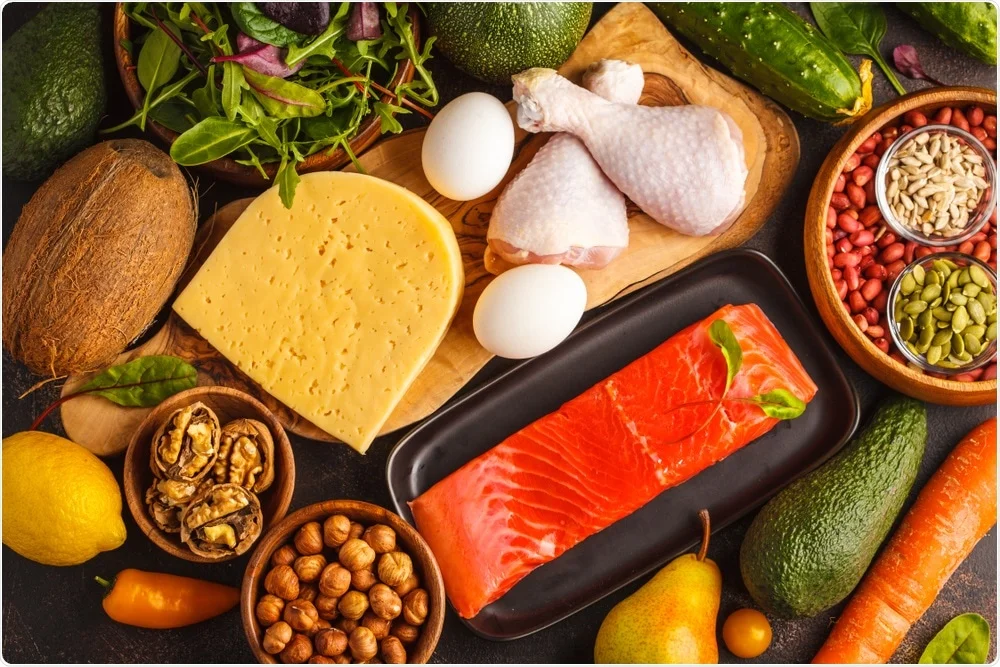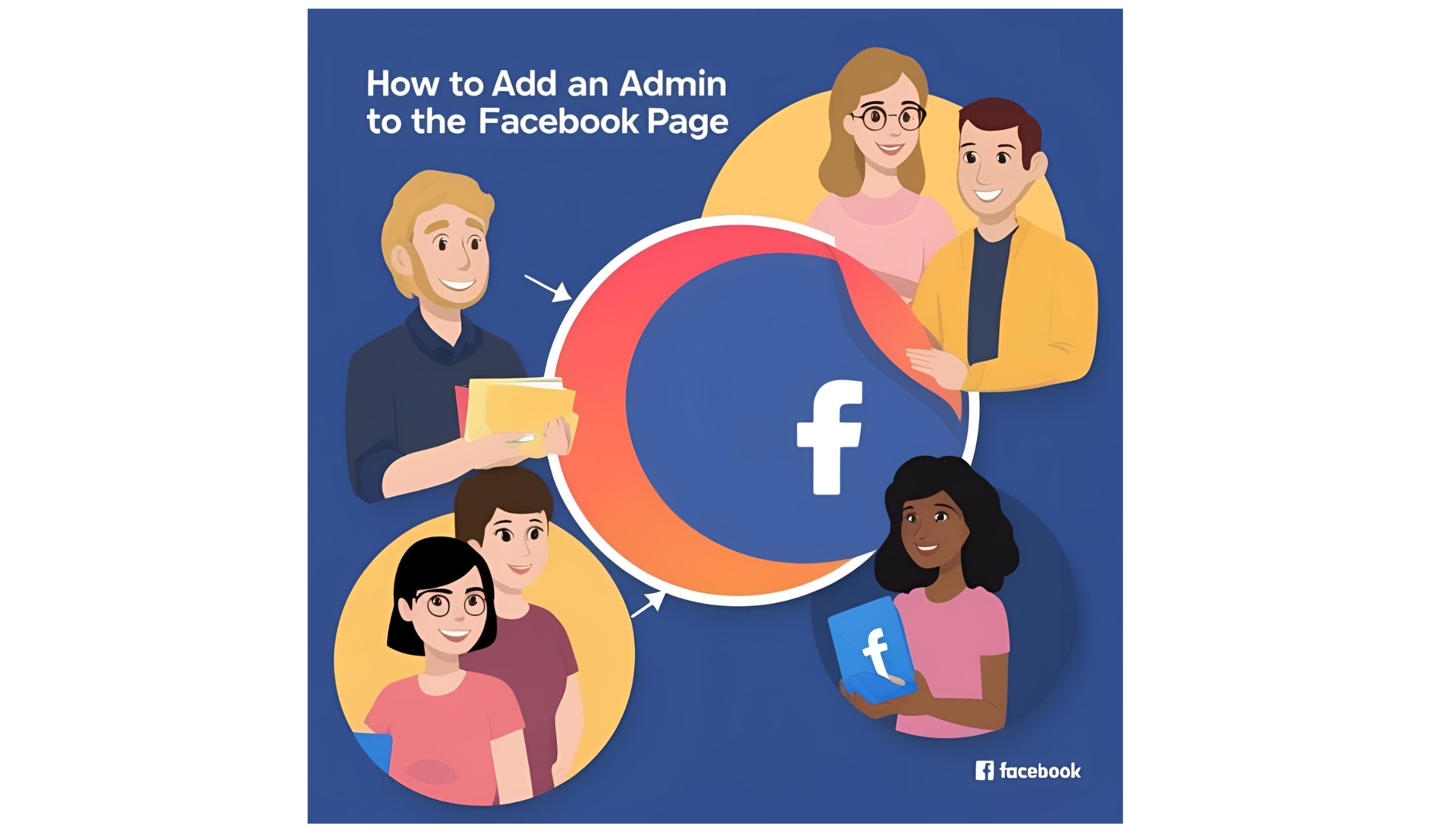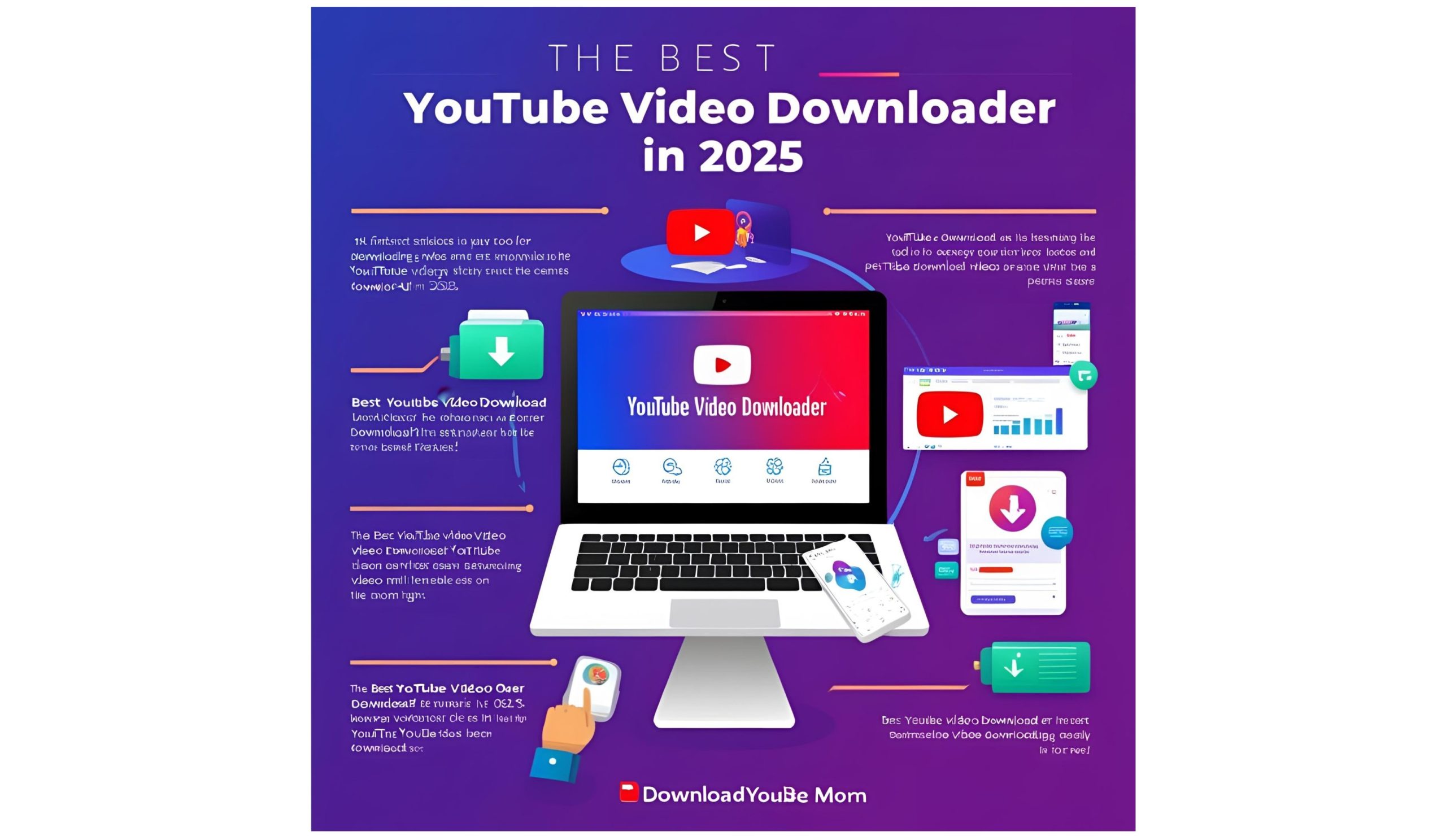Low blood pressure, also known as hypotension, can leave you feeling dizzy, weak, fatigued, and even faint. While it might seem like a good problem in a world where high blood pressure is more common, chronically low blood pressure can be dangerous if not managed properly. One of the most effective and immediate ways to stabilize low blood pressure is through diet.
In this article, we’ll explore what to eat when your blood pressure drops, why certain foods help, and tips for maintaining a healthy, balanced approach to hypotension.
🔍 Understanding Low Blood Pressure
Blood pressure is measured in millimeters of mercury (mmHg) and is expressed with two numbers:
- Systolic (top number): Pressure when the heart beats.
- Diastolic (bottom number): Pressure when the heart rests.
Generally, a reading below 90/60 mmHg is considered low. Causes include:
- Dehydration
- Poor nutrition
- Blood loss
- Certain medications
- Hormonal imbalances
- Sudden changes in position (postural hypotension)
🥗 What to Eat When Blood Pressure is Low
Here’s a breakdown of foods that can help raise or stabilize low blood pressure:
1. Salted Foods (in Moderation)
Salt (sodium) increases blood pressure by holding onto water in the body and improving blood volume.
Try:
- Salted nuts (like almonds or peanuts)
- Pickles
- Olives
- Lightly salted crackers
⚠️ Caution: Excessive salt isn’t recommended long-term. Always consult a doctor if you’re planning a salt-rich diet.
2. Fluids and Electrolytes
Dehydration is a major cause of hypotension. Rehydrating with fluids and electrolytes can help normalize pressure.
Drink:
- Water (lots!)
- Coconut water
- Oral Rehydration Solution (ORS)
- Sports drinks (in moderation)
✅ Pro tip: Start your day with a glass of water and sip throughout the day.
3. Foods Rich in Vitamin B12
A deficiency in vitamin B12 can lead to anemia and low blood pressure.
Eat more:
- Eggs
- Fish (salmon, tuna)
- Milk and dairy products
- Fortified cereals
- Chicken and lean meats
4. Iron-Rich Foods
Low iron levels can lead to anemia, which lowers blood pressure due to decreased oxygen in the blood.
Iron-packed options:
- Red meat
- Liver
- Spinach
- Lentils
- Beans
- Tofu
- Pumpkin seeds
💡 Combine iron-rich foods with vitamin C (like oranges or tomatoes) to improve absorption.
Read More: How to Create a Google Form
5. Caffeine (Temporary Boost)
A small amount of caffeine can cause a temporary rise in blood pressure by stimulating the heart and blood vessels.
Try:
- Black coffee
- Green tea or black tea
⚠️ Avoid relying on caffeine as a permanent solution—it’s only a short-term fix.
6. Small, Frequent Meals
Large meals can divert blood to the digestive system and lead to postprandial hypotension (a drop in blood pressure after eating).
Tips:
- Eat 5–6 smaller meals a day
- Avoid heavy, high-carb meals
- Add some healthy fat and protein in each meal
7. Licorice Root
Licorice contains a compound that can increase blood pressure by reducing the effect of a hormone that helps control sodium.
Consume as:
- Licorice tea
- Natural licorice candies (watch sugar content)
⚠️ Should be used under medical supervision to avoid potassium loss or other side effects.
8. Foods High in Folate
Folate (Vitamin B9) helps in the formation of red blood cells and prevents anemia.
Good sources:
- Asparagus
- Broccoli
- Avocados
- Leafy greens
- Citrus fruits
⏱️ Quick Fixes for Sudden Drop in Blood Pressure
If your pressure drops suddenly and you need a fast fix, try:
- A glass of water with a pinch of salt and sugar
- A handful of salted nuts
- A cup of coffee or tea
- Lying down and elevating your legs
🆘 If you feel faint, dizzy, or your vision blurs, sit or lie down immediately and seek medical help if symptoms persist.
🍽️ Sample Daily Diet Plan for Low Blood Pressure
🥣 Breakfast:
- 1 boiled egg
- 1 slice of whole-grain toast with peanut butter
- A cup of tea with a little sugar
- A banana
🍎 Mid-Morning Snack:
- Salted nuts and raisins
- Coconut water
🍛 Lunch:
- Grilled chicken with spinach and lentils
- Brown rice
- Fresh orange juice (vitamin C)
☕ Evening:
- Tea or black coffee
- Light crackers with cheese
🍲 Dinner:
- Vegetable soup with beans
- Whole wheat roti or bread
- Steamed broccoli or sautéed greens
💧 Keep hydrating throughout the day with water or low-sugar fluids.
✅ Additional Tips to Manage Low Blood Pressure
- Avoid alcohol – it lowers blood pressure even more.
- Get up slowly from sitting or lying positions.
- Wear compression stockings if recommended.
- Avoid skipping meals.
- Keep a BP diary to track your fluctuations and identify triggers.
🩺 When to See a Doctor
If you frequently experience symptoms like:
- Dizziness or fainting
- Blurry vision
- Extreme fatigue
- Chest pain
…it’s important to seek medical advice. Persistent hypotension might be a sign of an underlying health issue.
Conclusion
Low blood pressure can be managed effectively with the right dietary choices and lifestyle habits. Focus on hydration, balanced nutrition, small frequent meals, and salt intake when needed. However, it’s always best to consult a doctor or dietitian before making any major dietary changes, especially if you’re taking medications or have other health conditions.
Eating smart and staying aware of your body’s signals is key to staying safe, energized, and balanced.
Would you like a printable version of this article or a diet chart image for low blood pressure?


